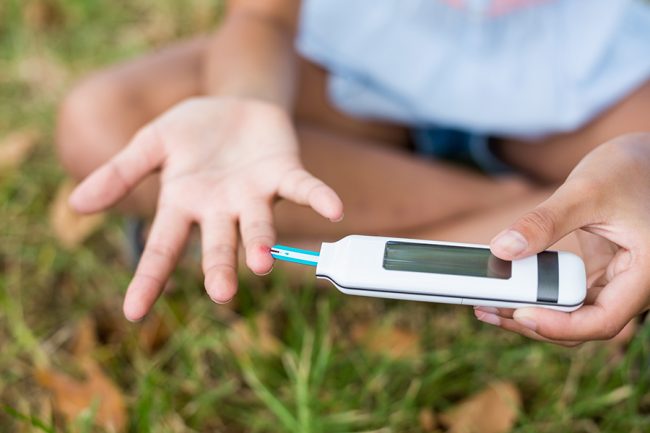
It’s estimated that more than two million Canadians live with diabetes, many of whom must monitor their blood glucose levels with painful pinpricks several times a day. An implantable glucose meter could offer an alternative, but according to Professor Kamran Behdinan (MIE) such devices have a key drawback: the battery.
“Implantable or wearable electronic devices need to be highly biocompatible, resilient and efficient,” says Behdinan, who heads the Advanced Research Laboratory for Multifunctional Lightweight Structures.
“We’re getting there: current devices are very small and have low power requirements. But the need for battery power is a real bottleneck. Batteries are bulky, and they need to be replaced regularly, which interrupts the operation of the device. Also, if they leak, they can be very toxic.”
Behdinan and his team are experts in designing and characterizing multifunctional materials and structures that are capable of harvesting biomechanical energies from physical movements. In the lab, they design piezoelectric energy harvesters (PEHs), which can be configured to generate electricity from repeated human movements such as walking, or even the regular expansion and contraction of lung and heart tissue.
In the future, electricity generated in this way could be used to provide power for various medical devices such as implantable glucose meters, artificial retina systems, smart contact lenses or even cardiac pacemakers.
The research is one of four projects supported by the 2021 Connaught Global Challenge Awards. This funding is designed to heighten U of T’s contribution to important issues facing society through the advancement of knowledge and the transfer and application of solutions.
Behdinan plans to use the funding to create a multidisciplinary global network of experts in the field of energy harvesting for biomedical applications.
“Through collaboration, this network will speed up the development of new devices and train a new generation of experts in this emerging field,” he says. “Harvesting energy from body movement is an efficient and promising technique, and a crucial step toward true self-powered devices.”
– This story was originally published on the University of Toronto’s Faculty of Applied Science and Engineering News Site on October 22, 2021 by Tyler Irving